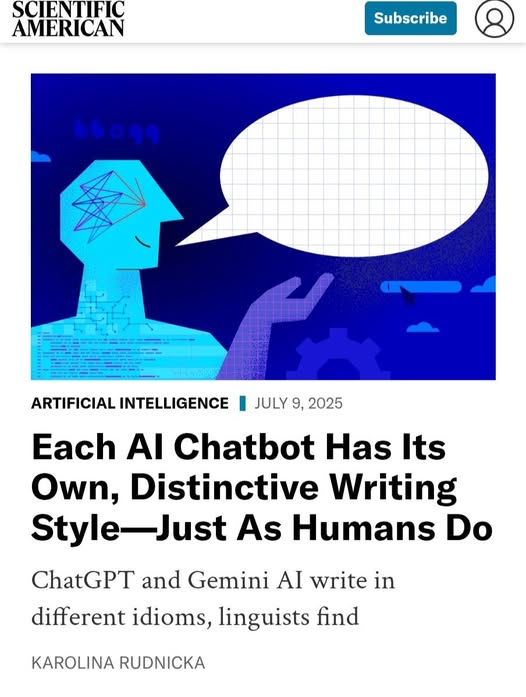
An article by dr Karolina Rudnicka from the Faculty of Languages at the University of Gdańsk entitled ‘Each AI Chatbot Has Its Own, Distinctive Writing Style - Just As Humans Do’ has been published on the home page of the prestigious Scientific American magazine. It is one of the oldest and most respected popular science magazines in the world.
For over 175 years, Scientific American has been publishing articles by eminent scientists, bringing the latest discoveries and ideas from various fields of knowledge to a wide readership.
The publication by dr Karolina Rudnicka is an important voice in the ongoing global discussion on the role of artificial intelligence in communication and language. The author points out that chatbots based on large language models (LLMs) not only generate texts, but also exhibit characteristic features of linguistic style similar to humans.
‘Linguists and philologists are people who observe language and how it changes, and new technologies such as ChatGPT are simply creating a new linguistic landscape today. I am not a proponent of prescriptivism. I prefer to look at what is happening with curiosity rather than complain that something does not fit the old rules,’ says dr Karolina Rudnicka. ‘LLMs are already among us and are not going anywhere, so instead of turning up our noses, it is better to get to know and understand them. And if, by the way, we can study them (and their texts!) in the same way that we study people in terms of their ‘language style,’ then for me, as a scientist, this is a real treat.’
We congratulate the researcher and encourage you to read the publication in Scientific American.

